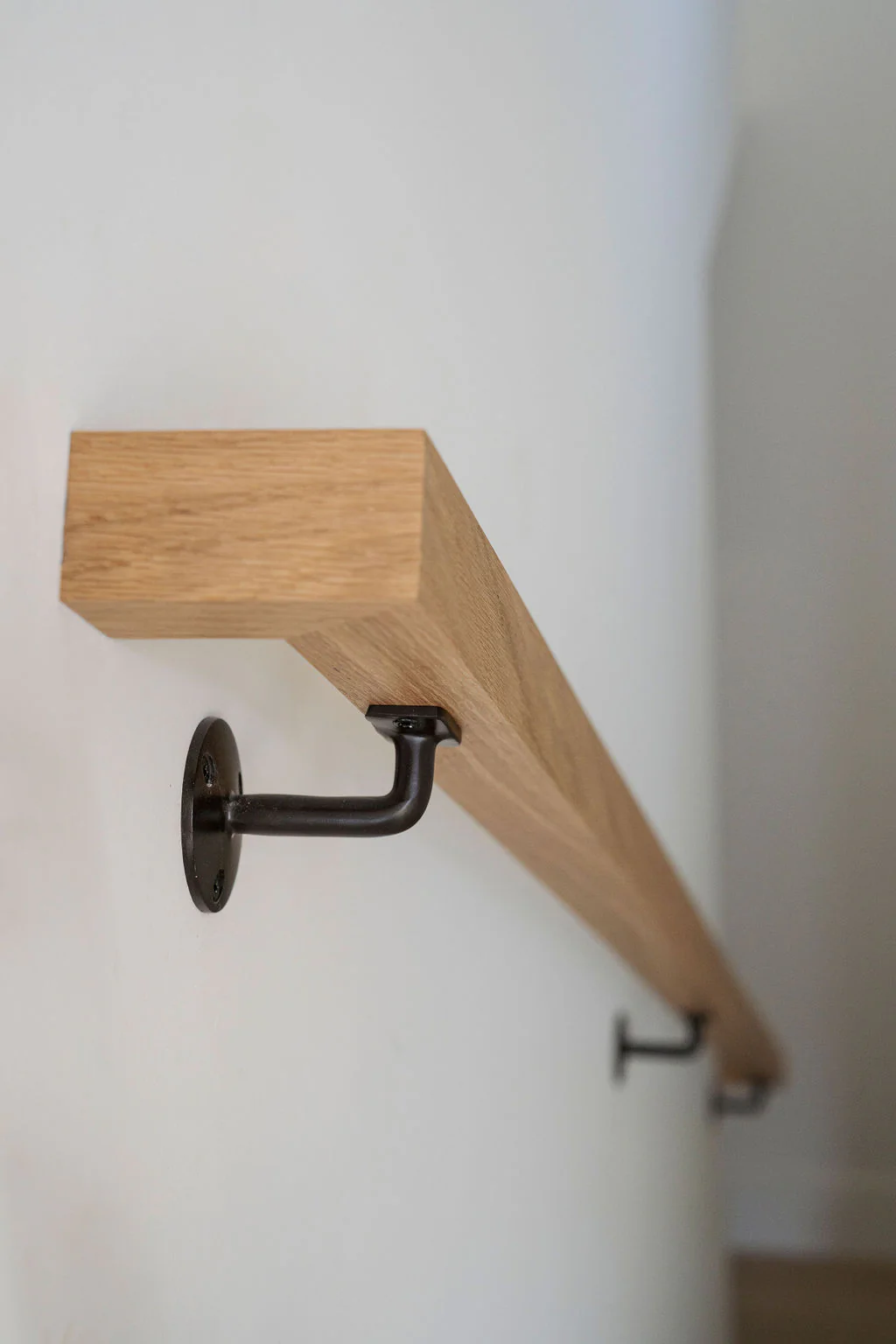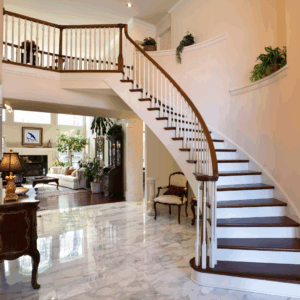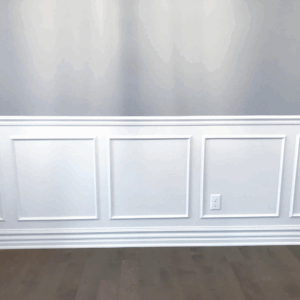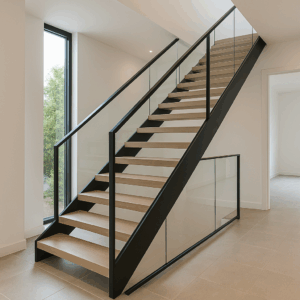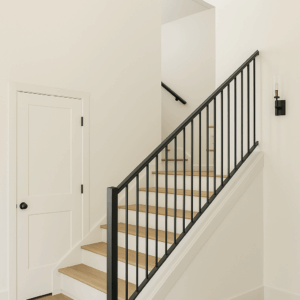Handrails are more than a safety feature. They are a critical design element in any remodeling project. At ARAD LLC in Phoenix, AZ, we help homeowners choose the right handrails that fit their space and style. Whether you’re remodeling a staircase, porch, or deck, understanding the different types can guide your decision. This guide will walk you through your options and help you make the best choice for your home.
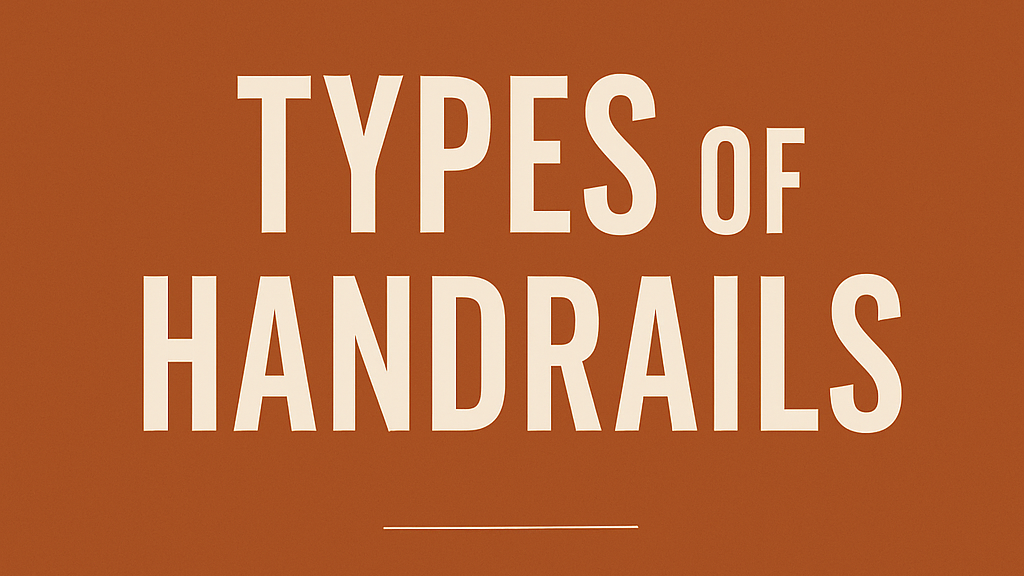
Why Choosing the Right Handrails Matters
Handrails provide support and stability. But they also add style and enhance your home’s value. When remodeling your property, it’s essential to consider both function and design. The right product can blend with your interior or exterior while boosting safety.
In Phoenix, where modern and desert styles merge, homeowners opt for unique, durable, and low-maintenance materials. Let’s explore the most popular types of handrails used in remodeling projects across Arizona.
1. Wood Handrails
Wood remains a timeless choice. Its warmth and versatility make it ideal for both indoor and outdoor spaces.
Pros:
- Classic appearance
- Easily customizable
- Works well with many home styles
Cons:
- Requires sealing and upkeep
- Not ideal for extreme outdoor conditions
Wood handrails are best for interior staircases or shaded outdoor spaces. Mahogany, oak, and pine are popular choices in Phoenix remodeling projects.
2. Metal Handrails
Metal handrails add a sleek, contemporary touch. They are also extremely durable.
Popular metal options include:
- Wrought iron
- Aluminum
- Stainless steel
Pros:
- Low maintenance
- Long-lasting
- Great for indoor and outdoor use
Cons:
- Can get hot in direct sunlight
- May need anti-rust coatings
Stainless steel works well in modern homes. Wrought iron provides a traditional, elegant feel and is often used in Phoenix’s Spanish-style homes.
3. Glass Handrails
For a clean, open look, glass handrails are perfect. They’re often used in luxury remodeling designs.
Pros:
- Offers unobstructed views
- Adds a modern, upscale appearance
- Pairs well with metal or wood frames
Cons:
- Higher cost
- Needs regular cleaning
Glass is especially popular for balconies, decks, and staircases where you want a more open, spacious feeling.
4. Cable Handrails
Cable railing systems are stylish and minimalist. They use horizontal or vertical cables with metal or wood posts.
Pros:
- Minimal visual obstruction
- Modern aesthetic
- Durable and strong
Cons:
- Not suitable for all code requirements
- Higher installation cost
In Phoenix, cable handrails are common in homes with desert or mountain views. They allow you to enjoy the scenery while still staying safe.
5. PVC and Vinyl Handrails
These materials offer affordability and ease of maintenance. They are mostly used outdoors.
Pros:
- Weather-resistant
- Budget-friendly
- Won’t splinter or crack
Cons:
- Less design flexibility
- Not as upscale as other options
Vinyl are great for porches and patios. They hold up well against Arizona’s dry climate and intense sun.
6. Composite Handrails
Composite materials blend wood fibers and plastic. They mimic the look of wood but require less upkeep.
Pros:
- Resistant to fading and insects
- Low maintenance
- Long-lasting
Cons:
- Higher initial cost
- Limited color choices
Composite are gaining popularity in Phoenix. They’re ideal for decks, pool areas, and patios.
7. Stone or Concrete
These are typically custom-built. They offer a solid, dramatic look.
Pros:
- Very durable
- Adds architectural value
- Unique and custom-made
Cons:
- Expensive
- Requires professional installation
Stone fits well with Southwestern-style homes. They pair beautifully with desert landscaping and stucco exteriors.
Design Considerations for Remodeling with Handrails
When choosing handrails during a remodeling project, always consider the following:
- Safety Code: Ensure compliance with Arizona building codes.
- Style: Match your handrails with your home’s theme.
- Maintenance: Choose materials that suit your lifestyle.
- Location: Indoor vs. outdoor use affects your material choices.
Combining Materials for a Custom Look
You don’t have to stick with one material. Mixing materials adds depth and character. For instance:
- Wood and metal create a rustic-modern look.
- Glass and steel offer a sleek, luxurious finish.
- Composite and cable provide a contemporary vibe.
At ARAD LLC, we often create hybrid solutions. These combinations meet safety standards while reflecting your style.
Arizona Climate
Phoenix summers are hot and dry. Choose materials that resist sun damage and fading. Metals like aluminum and stainless steel are excellent for heat resistance. Composite and vinyl are also good for UV exposure.
Avoid untreated wood in outdoor spaces unless it’s sealed regularly. If you’re unsure, our team can help guide you.
Handrail Installation: DIY or Professional?
It must be installed properly. Incorrect installation can pose safety risks. While some systems are DIY-friendly, many require professional tools and expertise.
Letting pros handle the installation ensures:
- Safety
- Building code compliance
- Longer-lasting results
ARAD LLC offers full-service installation in Phoenix and surrounding areas. From measurement to finish, we make sure your handrails are secure and stunning.
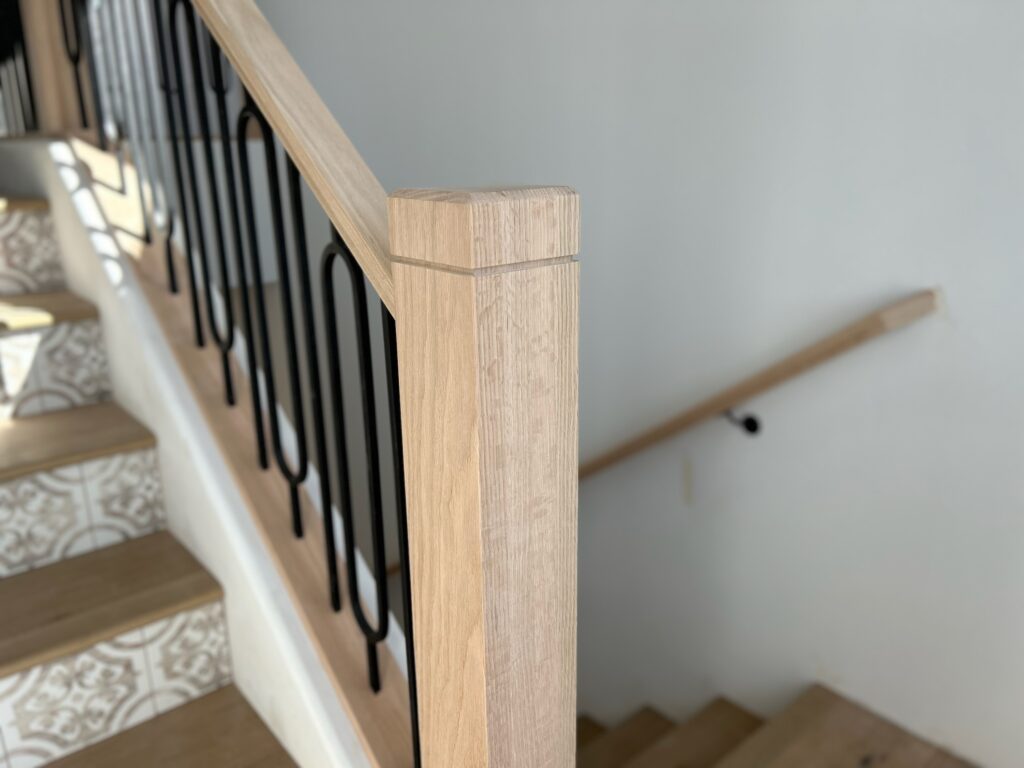
Handrails Complete Your Remodeling Vision
It’s not just a finishing touch. They are a crucial part of any remodeling project. They protect your family, enhance your home’s appearance, and increase its value.
In Phoenix, homeowners trust ARAD LLC for quality craftsmanship and expert advice. Whether you want modern steel, rustic wood, or custom stone, we’ll help you bring your vision to life.
Ready to elevate your home with the perfect handrails?
Contact ARAD LLC in Phoenix today. Let’s talk style, safety, and solutions.
